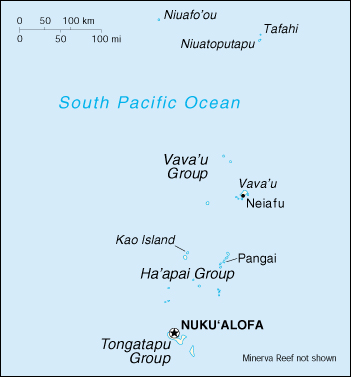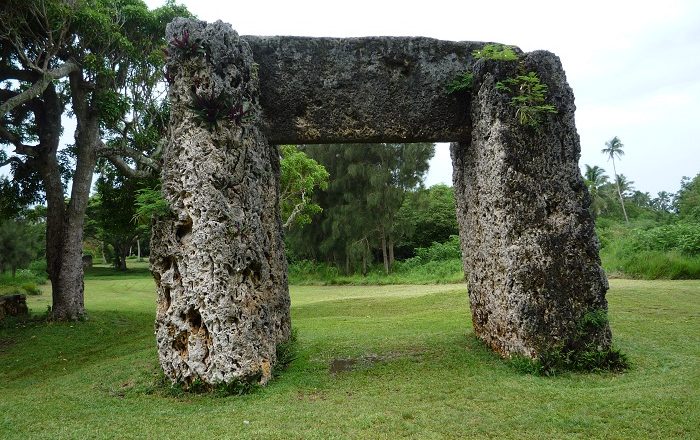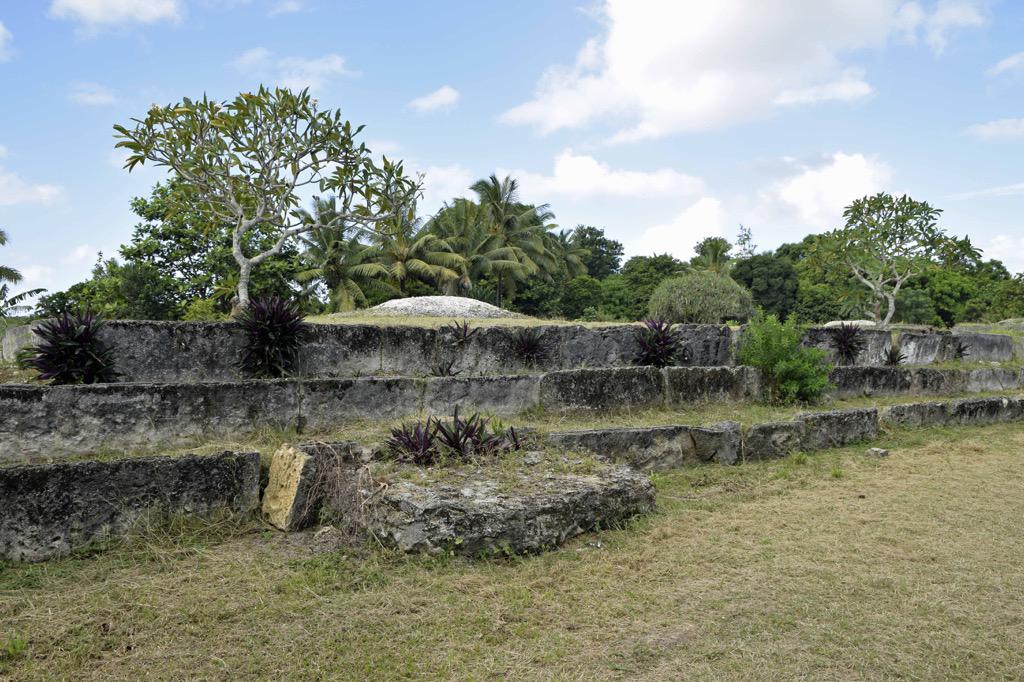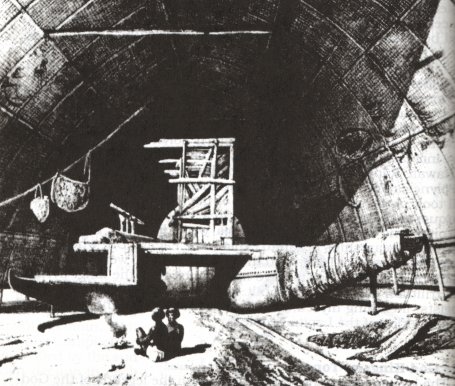Ancient Tonga Mua, The Lost City- A Glimpse Into A Forgotten Civilization
The Pacific region holds within its depths a treasure trove of ancient civilizations that have long captured the imagination of archaeologists and historians alike. Recent discoveries have reshaped our understanding of the region's ancient past, revealing evidence of a thriving and advanced population that predates European contact. Among the remarkable remains of this ancient world stands Tonga, an archipelago that once housed an extraordinary civilization, and the Tonga Mua, the Lost City, a mysterious enigma that beckons us to delve deeper into its secrets.
Author:Jane RestureAug 16, 202377.3K Shares1.1M Views
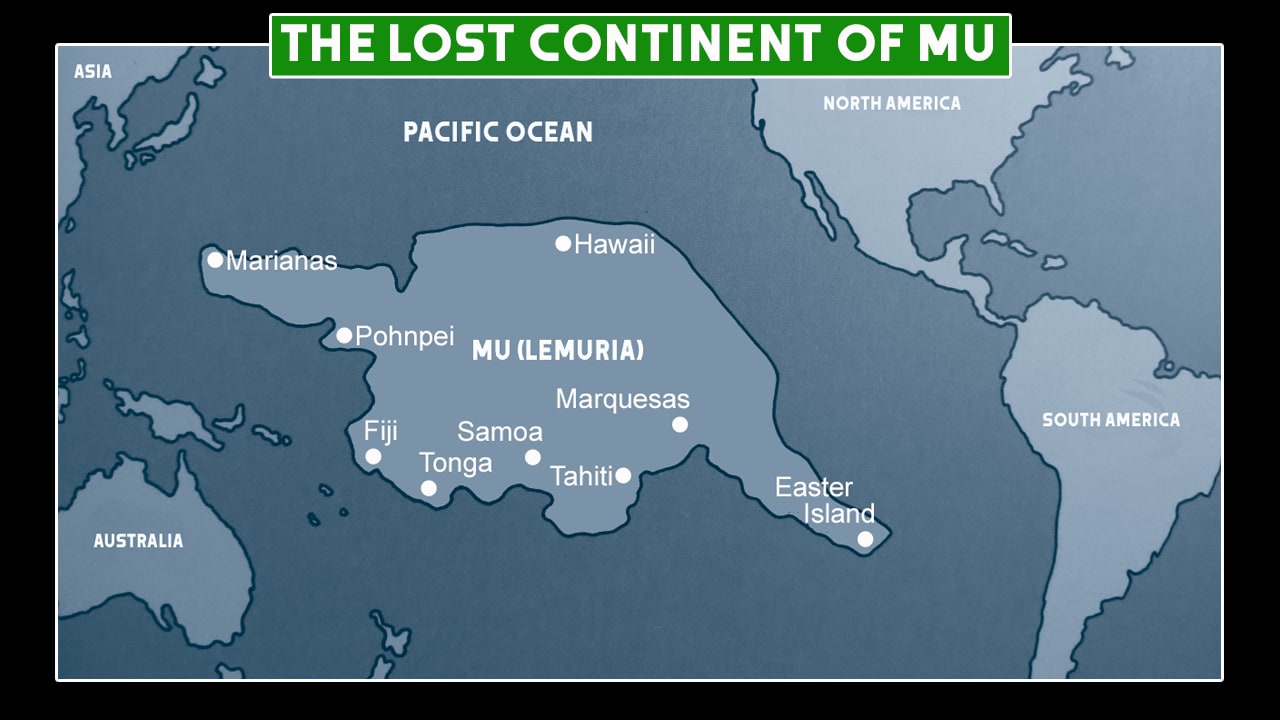
The Pacific region holds within its depths a treasure trove of ancient civilizations that have long captured the imagination of archaeologists and historians alike. Recent discoveries have reshaped our understanding of the region's ancient past, revealing evidence of a thriving and advanced population that predates European contact.
Among the remarkable remains of this ancient world stands Tonga, an archipelago that once housed an extraordinary civilization, and the Tonga Mua, the Lost City, a mysterious enigma that beckons us to delve deeper into its secrets.
The Journey Of Lapita People - Founders Of Ancient Tonga
The story of Ancient Tonga begins with the Lapita people, seafarers who embarked on an epic journey thousands of years ago. Hailing from the western islands of Indonesia, these intrepid explorers sailed across the vast expanse of the Pacific, leaving behind distinctive pottery as they voyaged farther into the uncharted waters. Their movements can be traced through the trail of Lapita pottery fragments found in the Pacific Islands, from Fiji and Samoa to the remote shores of Tonga.
The Lapita people's arrival marked the beginning of a new era for Tonga. As they settled on the islands, they brought with them a rich cultural heritage that laid the foundation for the flourishing civilization to come. Their legacy can still be felt in Tonga's customs, traditions, and art.
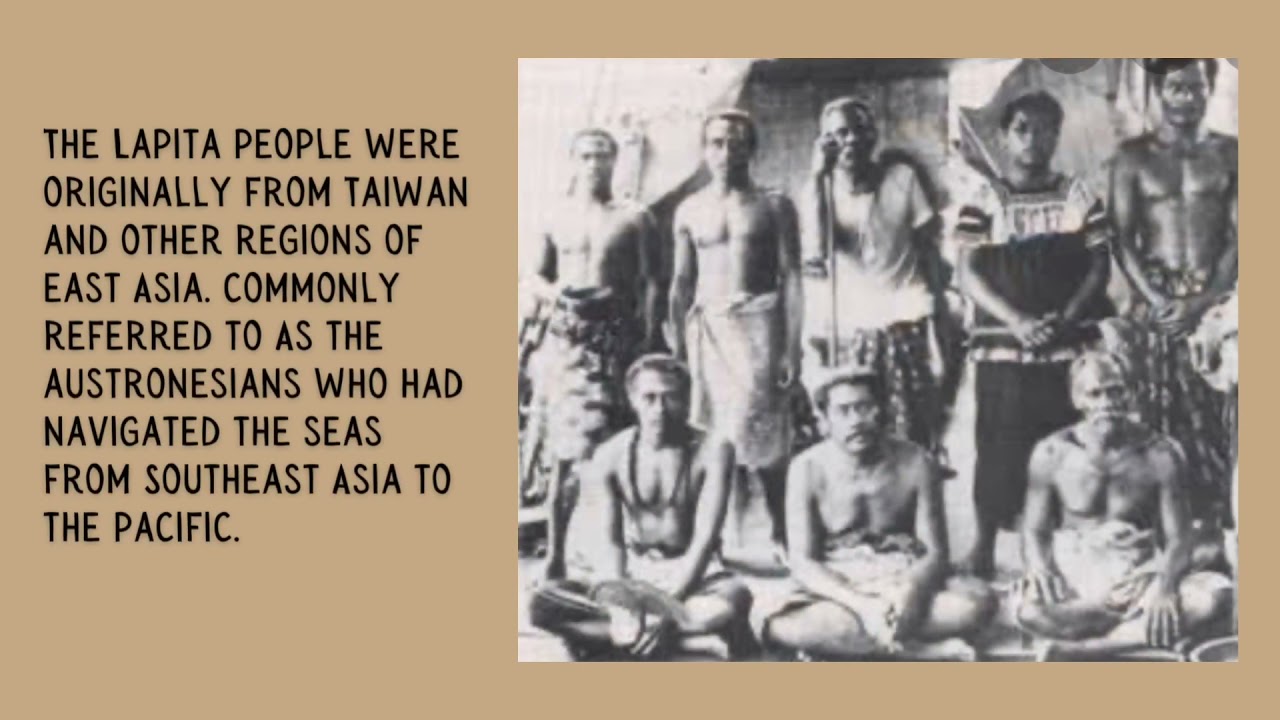
THE LAPITA PEOPLE: BIRTH OF POLYNESIA
The Empire Of Pottery-Making People - Builders Of Mu'a
Between 1500 B.C. and 500 B.C., the Pacific witnessed the rise of a formidable empire of pottery-making people. Spanning across the western Pacific, this advanced civilization left an indelible mark on Tonga's landscape. The ancient city of Mu'a, now shrouded in mystery, was one of the crowning achievements of this remarkable culture.
Mu'a, the once-thriving capital, must have been a sight to behold. Its grandeur lay not only in its size but also in its well-planned infrastructure. The city boasted a sophisticated system of roads, canals, and monumental pyramids, reflecting the ingenuity and engineering prowess of its inhabitants. The canals, which allowed large double canoes and reed ships to penetrate deep into the interior of the island, were a testament to their mastery of marine navigation.
The megalithic structures of Mu'a, including the awe-inspiring Ha'amonga Trilithon, showcased the empire's architectural achievements. The Trilithon, a massive stone archway, has sparked various theories about its purpose. Some believe it served as a gateway to the royal compound, while others associate it with astronomical or mythical significance.
The Significance Of Megalithic Structures
The megalithic structures found in Tonga, such as Ha'amonga Maui and the Ancient Royal Tombs of Lapaha, hold immense historical and cultural significance. These remarkable feats of engineering and architecture speak to the sophisticated knowledge and skills possessed by the ancient Tongans. The massive stone slabs, precisely fitted together without the aid of modern tools, stand as a testament to their mastery of construction techniques.
The purpose of these structures remains a subject of ongoing research and debate. Theories range from ceremonial and ritualistic functions to astronomical and navigational significance. As researchers analyze the alignments and orientations of these structures in relation to celestial events, they gain a deeper understanding of the ancient Tongans' relationship with the stars and their navigation methods on the vast Pacific Ocean.
The Decline Of Mu'a
The decline of Mu'a remains a subject of intrigue and speculation among archaeologists. One theory posits that a rise in the land level altered the city's landscape, rendering its wharf and canal system inoperative. This environmental change might have disrupted the city's maritime trade and contributed to its eventual abandonment.
Another theory suggests that internal or external pressures led to the decline of the empire. As with many ancient civilizations, the factors contributing to their fall often remain elusive, hidden within the annals of time.
Ha'amonga Trilithon
Among the enigmatic megalithic structures of Ancient Tonga, the Ha'amonga Trilithon stands as an enduring monument to the empire's glory. The impressive archway, constructed with massive coral limestone slabs, has captivated the imagination of all who lay eyes upon it.
One prevailing theory connects the Trilithon to the royal compound of the Tu'i Tonga, the paramount chief of Ancient Tonga. According to this theory, the two upright stones represent the Tu'i Tonga's sons, serving as a reminder for them to remain united after his passing. This interpretation aligns with the significance of lineage and the passing of authority from one generation to the next, a cornerstone of Tonga's traditional authority system.
Beyond its potential political symbolism, the Trilithon's orientation towards celestial events has also drawn attention. Some researchers propose that it functioned as an astronomical marker, indicating significant celestial alignments, such as the longest day, shortest day, and equinoxes. The Trilithon's alignment with celestial events would have had practical applications, aiding navigators, farmers, and other communities in marking crucial times in their calendars.
The Ancient Royal Tombs Of Lapaha
In the village of Mu'a, the ancient royal tombs of Lapaha stand as silent sentinels of Tonga's regal heritage. These burial sites, known as langis, are awe-inspiring platforms of earth supported by stone slabs. The construction of these massive tombs was a testament to the power and authority of the Tu'i Tonga, who demonstrated their spiritual and political might through these grand structures.
Each langi represents a link to the past, a connection to a lineage of kings who once ruled over the Tongan Maritime Empire. The rituals and burial practices associated with these tombs have endured through generations, a living testament to Tonga's rich cultural heritage.
The Legacy Of The Tongan Maritime Empire
The ancient Tongans were accomplished seafarers, navigating the vast Pacific with double-hulled canoes and reed ships. Their maritime skills allowed them to establish trade networks and forge connections with other powerful empires in the Pacific, such as those in North and South America. The decline of the Tongan Maritime Empire before European contact is a topic of interest and remains subject to exploration and speculation.
The legacy of the Tongan Maritime Empire endures through oral traditions and cultural practices. The continuity of chiefly authority, with the present King of Tonga being part of the world's oldest continuing system of kingly authority, connects the modern nation to its ancient past. Local communities take great pride in preserving and passing down their cultural heritage, ensuring that the knowledge and traditions of their ancestors continue to thrive.
Preserving Tonga Mua, Ancient Legacy
As Tonga marches forward into the future, preserving its ancient legacy becomes ever more vital. Efforts to protect and conserve the Lost City of Mu'a, the Ha'amonga Trilithon, and the Ancient Royal Tombs of Lapaha ensure that future generations can continue to marvel at these architectural marvels and connect with their ancestors' stories.
Additionally, ongoing research and exploration shed new light on the mysteries of Ancient Tonga. Advancements in technology and interdisciplinary collaboration bring fresh insights into the lives of the people who once thrived on these Pacific shores.
The World Heritage Tentative Listing status for Ha'amonga Maui and the Ancient Royal Tombs of Lapaha represents a significant step toward recognition and protection on the global stage. Efforts to maintain and safeguard these sites involve collaboration between government authorities, local communities, and international organizations.
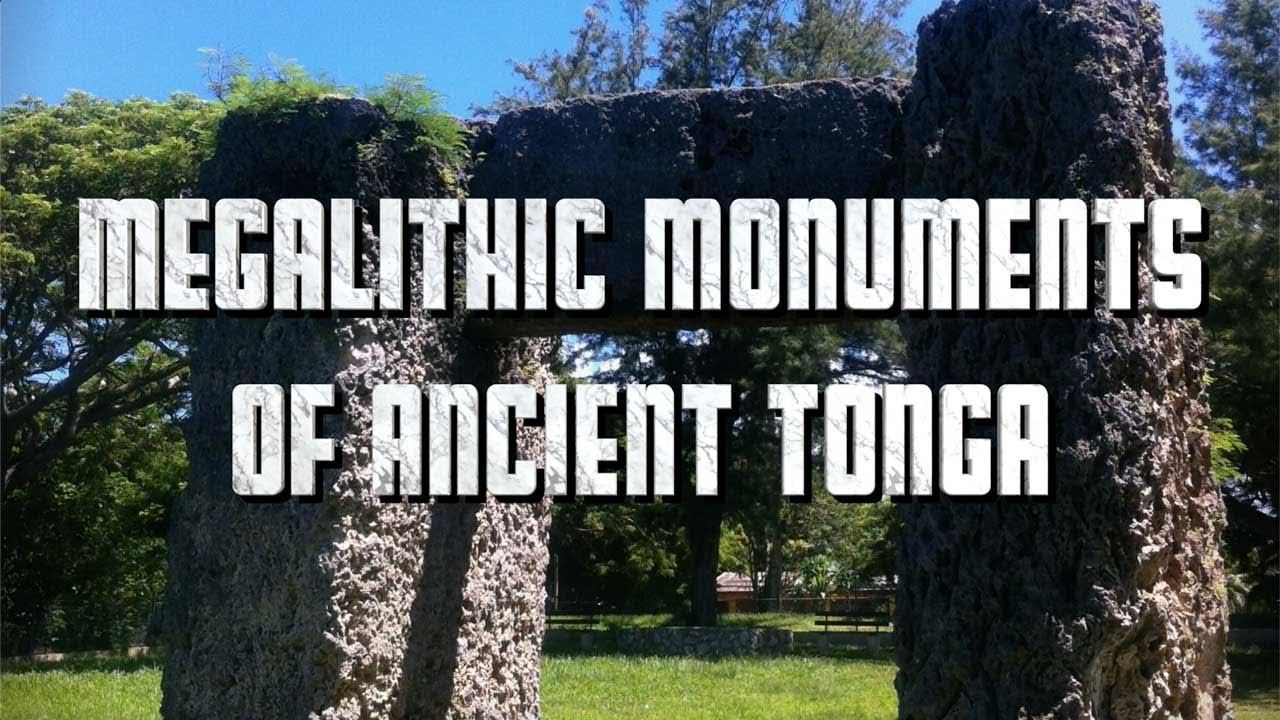
Megalithic Monuments of Ancient Tonga | Documentary | Megalithomania
Conservation measures include:
Archaeological Excavation And Documentation
One of the fundamental conservation measures for preserving Tonga's rich heritage is through careful archaeological excavation and documentation. Trained archaeologists and researchers work hand in hand to excavate ancient sites with utmost sensitivity, ensuring minimal disturbance to the structures and artifacts. Through systematic recording and documentation, vital information about the context and historical significance of each discovery is preserved.
Research And Analysis
Conducting thorough research and analysis on the artifacts, pottery, and architectural remains is crucial to understanding the culture and lifestyle of ancient Tongans. Collaborating with multidisciplinary experts allows for in-depth examination of the objects, revealing valuable insights into their craftsmanship, artistic expression, and technological advancements. Such research not only enriches our knowledge of the past but also aids in formulating effective preservation strategies.
World Heritage Listing
Seeking World Heritage Listing for significant sites, such as Ha'amonga Maui and the Ancient Royal Tombs of Lapaha, plays a pivotal role in raising global awareness about Tonga's cultural heritage. This prestigious designation not only recognizes the outstanding universal value of these sites but also fosters international cooperation in their preservation. World Heritage Listing encourages sustainable tourism practices, promoting responsible visitation that respects the sanctity of these ancient structures.
Community Engagement And Education
Empowering local communities to take an active role in heritage preservation is vital. Engaging community members in heritage conservation initiatives fosters a sense of ownership and pride in their cultural legacy. Educational programs and outreach efforts help instill a deeper appreciation for Tonga's history among the younger generation, ensuring the transmission of traditional knowledge and customs.
Sustainable Tourism Management
Balancing tourism with conservation is critical to preserving Tonga's rich heritage. Implementing sustainable tourism management practices ensures that visitor numbers are controlled, and infrastructure development is done with sensitivity to the surrounding environment. Responsible tourism guidelines help protect fragile archaeological sites and minimize the impact of human activities on these historically significant areas.
Protection Of Marine Heritage
Tonga's maritime heritage is equally important as its terrestrial heritage. Protecting submerged archaeological sites and ancient shipwrecks requires specialized conservation methods. Collaborating with marine archaeologists and maritime experts ensures that the unique history lying beneath Tonga's waters is safeguarded and interpreted for future generations.
Heritage Site Maintenance And Conservation
Preserving ancient structures and artifacts requires regular maintenance and conservation efforts. Collaborating with conservationists and architects, authorities ensure that the physical integrity of heritage sites is safeguarded. Proper conservation practices, such as controlled cleaning and structural stabilization, help mitigate the effects of weathering and human impact.
Legal And Regulatory Framework
Establishing a robust legal and regulatory framework is crucial for effective heritage preservation. Enacting laws that protect cultural heritage sites and artifacts from unauthorized excavation, looting, or exportation is essential. Collaboration between government agencies, cultural institutions, and international bodies helps enforce these regulations and deters illicit activities.
Integrated Management Plans
Creating integrated management plans for heritage sites ensures a comprehensive and holistic approach to conservation. These plans consider the environmental, cultural, social, and economic aspects of preservation. Stakeholder involvement and consultation are vital in developing management strategies that balance heritage protection and sustainable development.
Monitoring And Assessment
Regular monitoring and assessment of heritage sites are necessary to track their condition and identify potential threats. Implementing monitoring programs helps authorities detect changes or deterioration early on, enabling timely intervention and preservation measures. Continuous assessment informs adaptive management strategies that can be adjusted to address emerging challenges.
By adopting these conservation measures, Tonga can safeguard its rich heritage for future generations, allowing them to connect with their past, learn from their ancestors, and continue to cherish the cultural legacy that defines the nation's identity. Through collective efforts and global cooperation, Tonga's historical wonders can endure as a testament to the greatness of its ancient civilization.
The Enduring Significance Of Ancient Tonga
Ancient Tonga and the Lost City of Mu'a serve as captivating glimpses into the Pacific's ancient past. As researchers continue to piece together the puzzle of Tonga's history, these sites remain as testaments to the ingenuity, power, and wisdom of the civilizations that once flourished in this island nation.
The journey of the Lapita people, the empire of pottery-making people, and the enduring legacy of Tonga's traditional authority system all add layers of depth and complexity to the narrative of this ancient civilization. The Lost City of Mu'a and the magnificent Ha'amonga Trilithon stand as guardians of a forgotten age, beckoning us to explore further and unlock the secrets of Ancient Tonga.
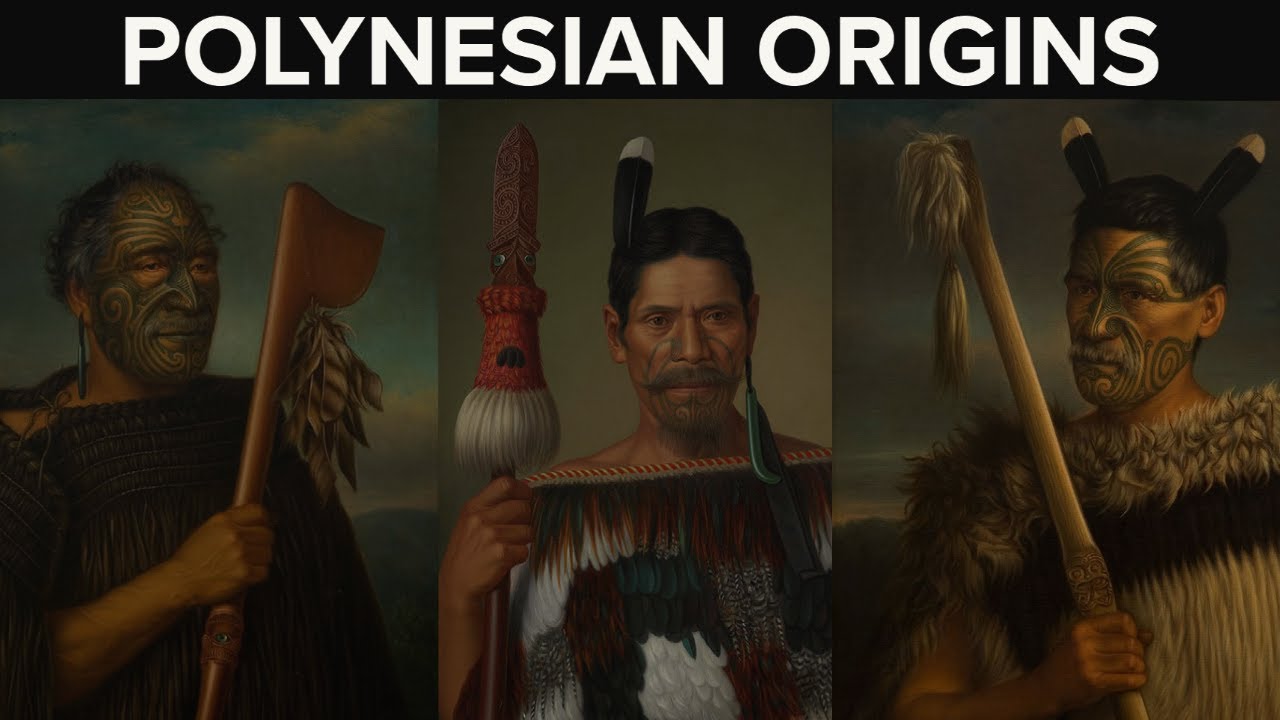
Polynesian Origins: DNA, Migrations and History
People Also Ask
In Which Country Is Tonga?
Tonga is a Polynesian country located to the south of Samoa, southeast of Fiji, and northeast of New Zealand. The Tongan archipelago consists of 176 islands, with 36 of them inhabited, and a total population of approximately 106,000.
What Is Tonga Best Known For?
Tonga is best known for its humpback whales, which visit the surrounding waters between June and October. These majestic creatures are easily visible from boats and even from the shore. Tonga offers a unique opportunity to not only see humpback whales but also swim with them, making it one of the few places in the world where this thrilling experience is possible.
What Is Lapaha Known For?
Lapaha, situated in the northeastern part of Mu'a, is renowned as the permanent home and center of chiefly power of the Tu'i Tonga. During the reign of the Tu'i Tongas from the 13th to the 19th centuries, it served as the geographic center of the Tongan maritime chiefdom. The area holds historical significance as the location of the Ancient Royal Tombs, or langis, which are awe-inspiring platforms of earth with stone slab support, showcasing the power and authority of the Tu'i Tonga.
Conclusion
Ancient Tonga Mua, the lost city, stands as an enduring symbol of the Pacific's rich and enigmatic past. From the intrepid journey of the Lapita people to the grandeur of the Tongan Maritime Empire, the story of Tonga's ancient civilizations continues to captivate our imagination.
As we delve into the mysteries of the past and explore the architectural wonders of Ancient Tonga, we are reminded of the significance of preserving our shared cultural heritage. Through conservation efforts and ongoing research, we can ensure that these ancient sites remain a source of inspiration and wonder for generations to come.
Ancient Tonga's enduring significance lies not only in its remarkable past but also in the connections it fosters between the present and the past. As we seek to unravel the mysteries of the Pacific, we are reminded that our collective history is a tapestry woven together by the countless cultures and civilizations that have shaped our world. In embracing and understanding this rich diversity, we gain a deeper appreciation for the resilience and brilliance of the human spirit across the ages.
Jump to
The Journey Of Lapita People - Founders Of Ancient Tonga
The Empire Of Pottery-Making People - Builders Of Mu'a
The Significance Of Megalithic Structures
The Decline Of Mu'a
Ha'amonga Trilithon
The Ancient Royal Tombs Of Lapaha
The Legacy Of The Tongan Maritime Empire
Preserving Tonga Mua, Ancient Legacy
The Enduring Significance Of Ancient Tonga
People Also Ask
Conclusion

Jane Resture
Author
Since she embarked on her first world trip in 2002, Jane Resture spent the past decades sharing her personal journey and travel tips with people around the world. She has traveled to over 80 countries and territories, where she experienced other cultures, wildlife she had only read about in books, new foods, new people, and new amazing experiences.
Jane believes that travel is for everyone and it helps us learn about ourselves and the world around us. Her goal is to help more people from more backgrounds experience the joy of exploration because she trusts that travel opens the door to the greatest, most unforgettable experiences life can offer and this builds a kinder, more inclusive, more open-minded world.
Latest Articles
Popular Articles
